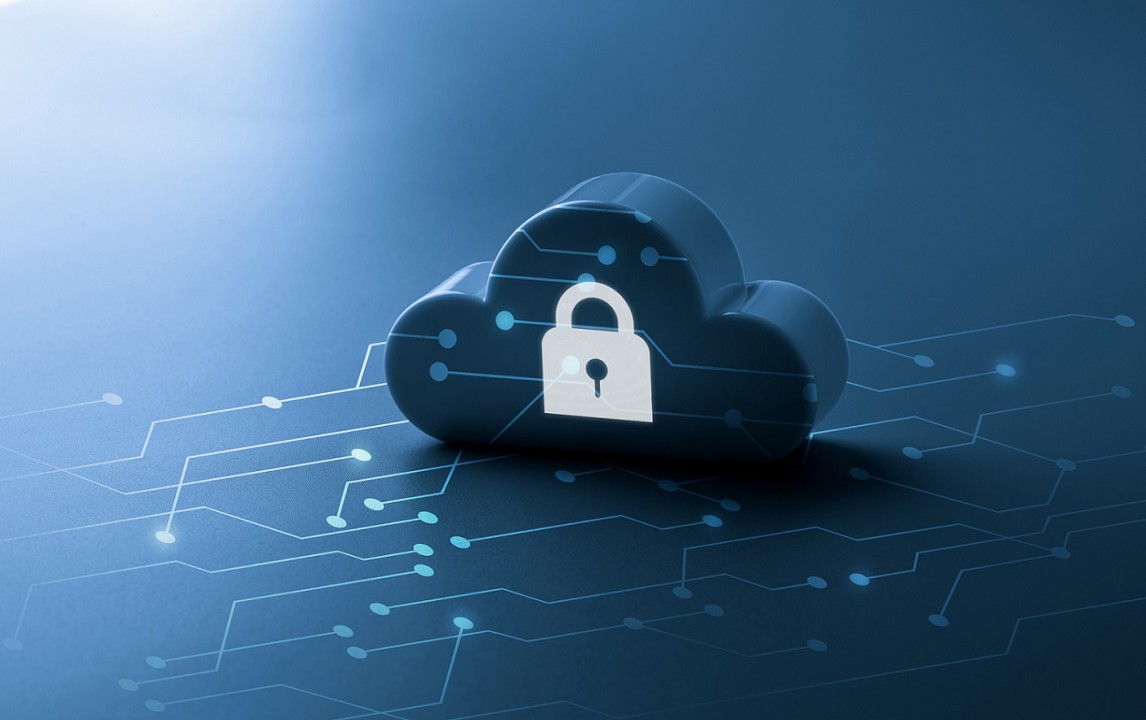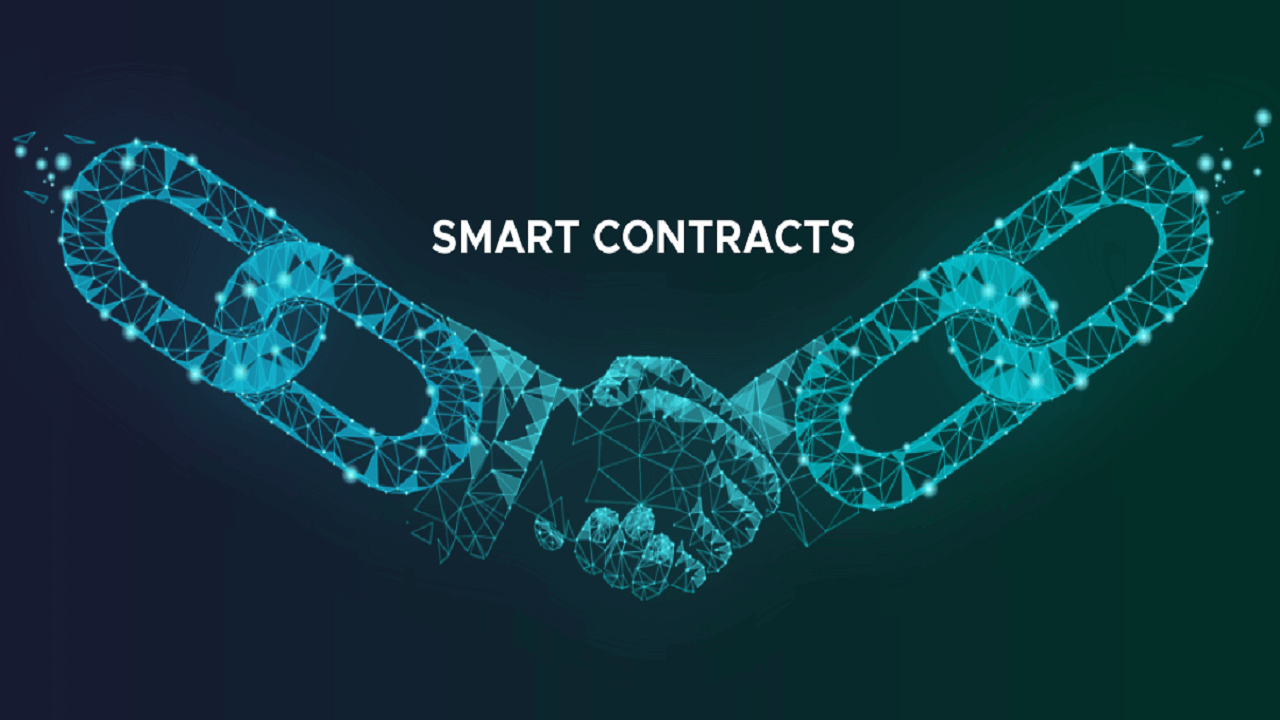
AI in Action: Transforming Modern Marketing for Smarter Results
September 11, 2025
Connecting the Dots: How B2B Database Integration Powers Comprehensive Analysis
September 11, 2025Blockchain technology has gained significant attention for its potential to revolutionize various industries by offering transparent, secure, and decentralized solutions. However, as organizations in Singapore and Asia explore blockchain applications, it is essential to consider the privacy implications and ensure compliance with the Personal Data Protection Act (PDPA). In this blog post, we will explore the intersection of PDPA compliance and blockchain technology, focusing on privacy considerations businesses must address when implementing blockchain solutions.

Understanding PDPA Compliance
The PDPA in Singapore and similar data protection laws in other Asian countries set out regulations for the collection, use, disclosure, and protection of personal data. These laws aim to safeguard individuals’ privacy rights and impose obligations on organizations that handle personal data. Compliance with PDPA is crucial to maintain trust, meet legal requirements, and avoid penalties associated with mishandling personal data.

Privacy Considerations in Blockchain Technology
-
Immutable and Transparent Nature: Blockchain’s core features, such as immutability and transparency, present challenges to PDPA compliance. Personal data recorded on a blockchain may be visible to all participants, potentially violating individuals’ privacy rights. Organizations must consider how to balance transparency with data privacy and ensure that personal data is not exposed to unauthorized parties.
-
Consent Management: Blockchain’s distributed nature makes it challenging to manage consent effectively. Consent is a fundamental aspect of PDPA compliance, and organizations must ensure that individuals have control over their personal data and can provide informed consent for its processing and sharing. Establishing mechanisms to manage and track consent on a blockchain can help address this challenge.
-
Right to Erasure: PDPA grants individuals the right to request the erasure of their personal data under certain circumstances. However, the immutability of blockchain poses a challenge to fulfilling this right. Organizations need to implement strategies that allow for the pseudonymization or anonymization of personal data while maintaining the integrity and immutability of the blockchain.
-
Data Minimization: PDPA emphasizes the principle of data minimization, which requires organizations to collect and retain only the necessary personal data for the intended purpose. When using blockchain, organizations must carefully consider which data elements are stored on the blockchain and ensure that irrelevant or sensitive information is not included.
-
Security and Encryption: While blockchain technology offers inherent security features, additional measures are necessary to protect personal data. Encryption techniques can be employed to secure sensitive information before it is recorded on the blockchain. Organizations should also implement robust access controls and encryption mechanisms to prevent unauthorized access to personal data stored on the blockchain.
-
Cross-Border Data Transfers: Organizations operating across borders must consider the transfer of personal data stored on the blockchain. The PDPA places restrictions on cross-border data transfers, and organizations must ensure compliance with relevant regulations in both the source and destination countries.

Addressing Privacy Challenges
-
Privacy by Design: Adopt a privacy-by-design approach when developing blockchain solutions. Consider privacy considerations from the initial design phase and incorporate privacy-enhancing technologies to protect personal data.
Here are some ways PbD can help address privacy challenges under the PDPA in Singapore:
-
Data Minimization: PbD promotes the principle of collecting only the necessary personal data for a specific purpose. Organizations should limit the collection, use, and disclosure of personal data to what is relevant and required for their intended purposes. By implementing data minimization practices, organizations can reduce privacy risks associated with excessive data collection and storage.
-
Consent and Notice: PbD emphasizes obtaining informed consent and providing clear and concise privacy notices to individuals. Organizations should ensure that individuals are fully informed about the purposes of data collection, use, and disclosure, and obtain their consent before processing their personal data. Transparent and easily understandable privacy notices are essential to enable individuals to make informed decisions about their personal data.
-
Privacy as the Default Setting: PbD encourages organizations to design systems and processes with privacy as the default setting. By implementing privacy-friendly defaults, such as strong access controls, encryption, and anonymization, organizations can enhance privacy protection for individuals’ personal data. Users should not be required to take additional steps to protect their privacy actively.
-
Security Safeguards: PbD emphasizes the need for robust security measures to protect personal data against unauthorized access, disclosure, or loss. Organizations should implement appropriate technical and organizational measures, such as encryption, access controls, and regular security audits, to ensure the confidentiality, integrity, and availability of personal data.
-
Accountability and Governance: PbD promotes a culture of privacy within organizations. It emphasizes the importance of accountability, whereby organizations should be responsible for the personal data they collect and ensure compliance with the PDPA. Organizations should establish clear policies, procedures, and governance frameworks to manage privacy risks and monitor their ongoing compliance with the PDPA.
-
Privacy Impact Assessments (PIAs): PbD encourages organizations to conduct Privacy Impact Assessments to identify and mitigate privacy risks associated with new projects, systems, or processes involving the collection and use of personal data. PIAs help organizations identify potential privacy concerns early on and implement necessary measures to address them.
-

-
Smart Contracts: Implement smart contracts that enforce data access controls and privacy rules. Smart contracts can ensure that only authorized individuals can access specific personal data, thereby maintaining privacy while leveraging the benefits of blockchain technology.
Here’s how smart contracts can help with privacy:
-
Data Minimization: Smart contracts can facilitate data minimization by reducing the need for sharing and storing personal data. Instead of directly exchanging personal data between parties, smart contracts can handle transactions and agreements based on predefined rules and conditions. Only the necessary information required for the execution of the contract is included in the code, minimizing the exposure of personal data.
-
Transparency: Smart contracts operate on a blockchain network, which provides a transparent and immutable record of transactions. This transparency ensures that all parties involved can see and verify the terms and execution of the contract without revealing the underlying personal data. The use of public and permissioned blockchains allows for auditability while maintaining data privacy.
-
Consent and Control: Smart contracts can include consent mechanisms as part of their execution. Individuals can provide their consent to the terms of the contract through digital signatures or cryptographic keys. This approach ensures that individuals have control over their personal data and explicitly agree to its usage within the predefined parameters of the smart contract.
-
Anonymity and Pseudonymity: Smart contracts can be designed to operate using anonymous or pseudonymous identifiers instead of directly linking personal data to individuals. By using cryptographic techniques and decentralized identifiers, smart contracts can maintain privacy by minimizing the exposure of personally identifiable information while still enabling secure and verifiable transactions.
-
Data Protection by Design: Integrating privacy considerations into the design and implementation of smart contracts is essential. Adopting privacy-enhancing technologies like zero-knowledge proofs, homomorphic encryption, and secure multi-party computation can help protect the confidentiality of personal data while allowing for the execution of complex smart contracts.
-
Auditability and Accountability: Smart contracts on a blockchain provide a decentralized and tamper-resistant audit trail, ensuring accountability and transparency in data processing activities. This auditability can assist organizations in demonstrating compliance with the PDPA by providing a verifiable record of how personal data is handled within the contractual framework.
-

-
Off-Chain Storage: Consider storing personal data off-chain and storing only necessary references or hashes on the blockchain. This approach can help protect sensitive information and comply with data minimization principles.
Here’s how off-chain storage can help with privacy:
-
Confidentiality: Off-chain storage allows organizations to keep sensitive personal data separate from the public blockchain, ensuring that the data remains confidential and is not accessible to unauthorized parties. By storing personal data off-chain, organizations can employ encryption and access controls to protect the data from unauthorized access or disclosure.
-
Data Minimization: Off-chain storage promotes data minimization by allowing organizations to store only the necessary personal data on the blockchain, while keeping additional details off-chain. Instead of storing all personal data on the blockchain, organizations can store a reference or hash of the data on-chain, which helps maintain privacy by limiting the exposure of personal information.
-
Scalability: Storing large amounts of personal data directly on the blockchain can present scalability challenges. Off-chain storage enables organizations to handle a greater volume of data efficiently, as the blockchain is primarily used for recording transactional information and smart contract execution. Off-chain storage solutions can be tailored to handle large volumes of personal data securely and efficiently, ensuring compliance with the PDPA without compromising scalability.
-
Enhanced Control: Off-chain storage provides organizations with more control over personal data. They can implement granular access controls, encryption, and other security measures specific to the off-chain storage solution. This control allows organizations to define and enforce strict data access policies, ensuring that personal data is only accessible to authorized individuals or entities.
-
Flexibility and Compliance: Off-chain storage solutions offer flexibility in adapting to evolving privacy regulations. Organizations can implement privacy-enhancing technologies and compliance measures specific to their data storage solution, ensuring alignment with the PDPA‘s requirements. They can update their storage systems and processes to meet changing regulatory obligations without necessarily modifying the underlying blockchain network.
-
Auditing and Accountability: Off-chain storage allows organizations to maintain comprehensive audit logs and activity trails, facilitating accountability and compliance. By recording data access, modification, and deletion activities, organizations can demonstrate their adherence to privacy requirements and regulatory obligations under the PDPA. These audit logs can help organizations respond to data breaches, investigations, or audits more effectively.
-

-
Anonymization Techniques: Implement anonymization techniques to protect personal data while preserving the integrity of the blockchain. Techniques such as zero-knowledge proofs and differential privacy can be utilized to strike a balance between privacy and transparency.
Here are some commonly used anonymization techniques and how they can help protect personal data:
-
Aggregation: Aggregation involves combining individual data into groups or categories to prevent the identification of specific individuals. By aggregating data, organizations can analyze trends and patterns without revealing personal information. For example, instead of reporting individual ages, age ranges or average ages can be used.
-
Generalization: Generalization involves replacing specific attributes or values with more general ones. For instance, replacing exact birth dates with birth years or replacing precise geographic locations with broader regions can help anonymize data while still allowing analysis and processing for various purposes.
-
Masking and Redaction: Masking or redaction involves removing or obscuring specific identifiers or sensitive information from datasets. This can be achieved by replacing or removing personally identifiable information (PII), such as names, addresses, or identification numbers, from the data. Techniques like tokenization or pseudonymization can be used to replace sensitive identifiers with randomly generated tokens or pseudonyms.
-
Noise Addition: Noise addition involves injecting random or artificial data into a dataset to introduce statistical noise. This technique helps protect individual identities by making it more challenging to re-identify specific individuals. However, care must be taken to balance the level of noise added to maintain data accuracy and usefulness.
-
Differential Privacy: Differential privacy is a rigorous mathematical framework that adds noise to query results to protect individual privacy. It ensures that the statistical information obtained from a dataset remains accurate while preventing the identification of specific individuals within the dataset. Differential privacy techniques can be applied to various data analysis and machine learning tasks.
-
Data Perturbation: Data perturbation involves modifying or altering data values within certain bounds to preserve privacy. Perturbation techniques can include adding random noise, scaling data, or rounding values. These modifications make it more challenging to link specific data points to individuals while still allowing for meaningful analysis.
.jpeg)
-
-
Collaboration with Regulators: Engage in open dialogue with regulators to gain insights into their expectations regarding PDPA compliance in blockchain applications. Collaborating with regulators can help organizations navigate the complexities and ensure compliance with privacy regulations.
Here are some key aspects of collaborating with regulators to address privacy challenges:
-
Regular Engagement: Establishing regular and open lines of communication with regulators allows organizations to stay informed about changes in privacy regulations, guidelines, and best practices. Actively participating in industry forums, attending seminars or workshops, and engaging in discussions with regulators can provide valuable insights into evolving privacy expectations and challenges.
-
Seeking Guidance: When facing privacy challenges or uncertainties, organizations can proactively seek guidance from regulators. This can involve seeking clarifications on specific provisions of the PDPA, seeking advice on implementing privacy measures, or requesting interpretations of regulatory requirements. Seeking guidance helps organizations align their practices with regulatory expectations and promotes a culture of compliance.
-
Reporting and Notifications: Organizations should collaborate with regulators by promptly reporting and notifying them about any personal data breaches or security incidents that may impact individuals’ privacy. The PDPA requires organizations to notify the Personal Data Protection Commission (PDPC) of significant data breaches within a specified timeframe. Openly sharing information with regulators helps them assess the situation, provide guidance, and take appropriate actions to protect individuals’ privacy rights.
-
Participation in Regulatory Initiatives: Organizations can actively participate in regulatory initiatives, consultations, and public consultations related to privacy and data protection. Providing feedback on proposed regulations, sharing industry-specific insights, and participating in shaping privacy frameworks can contribute to the development of effective and balanced regulatory measures.
-
Compliance Monitoring and Audits: Collaborating with regulators in compliance monitoring and audits can help organizations ensure their privacy practices align with regulatory requirements. Participating in audits or assessments conducted by regulatory bodies demonstrates a commitment to privacy compliance and provides an opportunity for regulators to provide guidance and identify areas for improvement.
-
Sharing Best Practices: Organizations can collaborate with regulators to share privacy best practices, case studies, and industry-specific insights. Participating in knowledge-sharing initiatives and sharing experiences can contribute to a collective understanding of privacy challenges and effective approaches for addressing them. This collaboration promotes a culture of continuous improvement in privacy protection.
-
Conclusion
Blockchain technology holds immense potential to transform industries, but organizations in Singapore and Asia must navigate the intersection of PDPA compliance and blockchain privacy considerations. By addressing the challenges associated with transparency, consent management, erasure rights, data minimization, security, and cross-border data transfers, organizations can harness the benefits of blockchain technology while upholding privacy standards. It is essential to adopt a privacy-by-design approach, leverage smart contracts, explore off-chain storage options, employ anonymization techniques, and engage in proactive collaboration with regulators to achieve a balance between privacy and innovation in blockchain applications.
Check this out: https://www.ismartcom.com/pdpa-compliance-singapore


